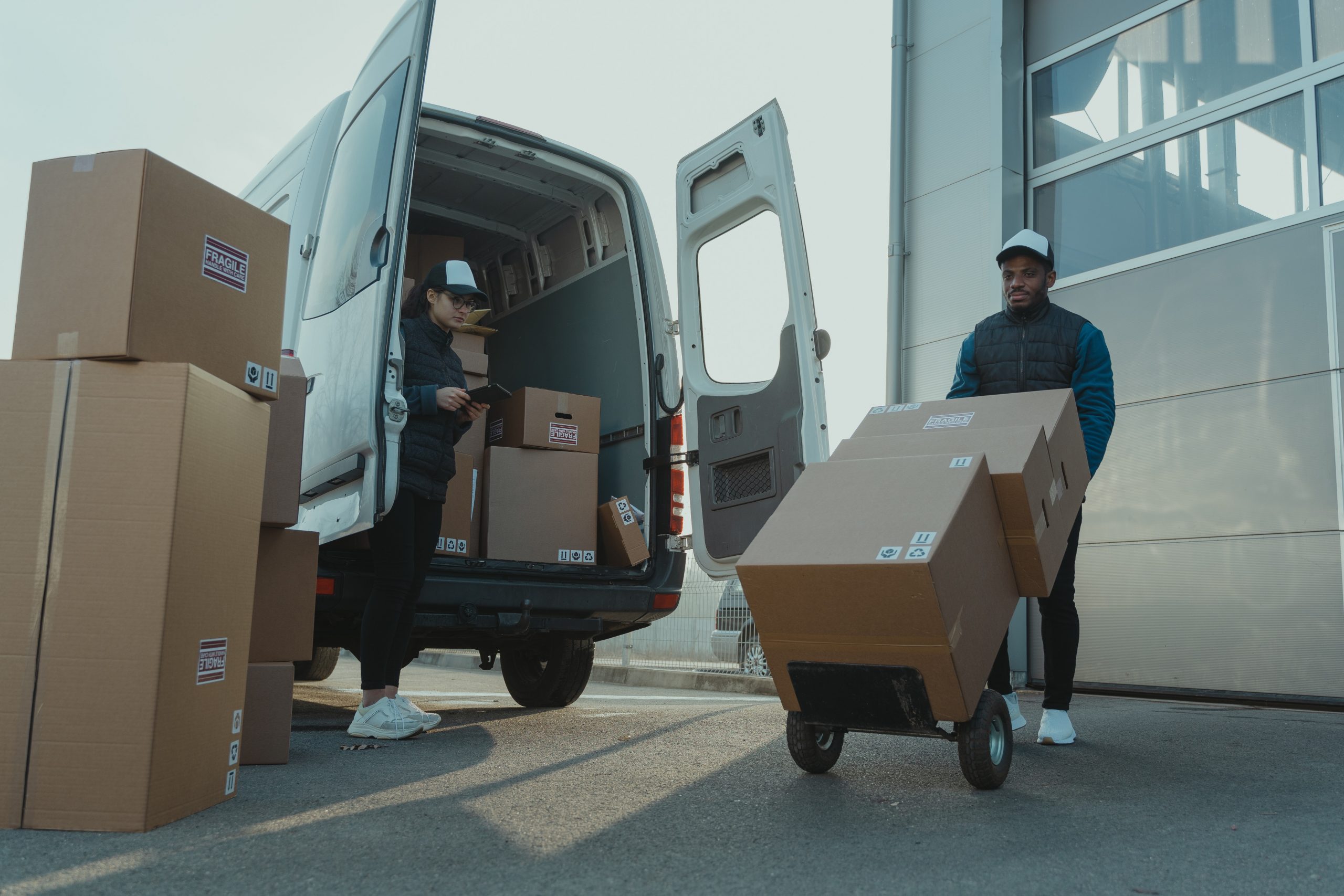The retail industry, while dynamic and prosperous, has one persistent challenge that overshadows the daily operations of businesses both large and small: retail theft. This term encompasses a range of problems, including shoplifting, organized retail crime, employee theft, and administrative errors, all of which erode the profitability and operational efficiency of retail businesses. The rise of self-checkout systems, while enhancing customer convenience, inadvertently opens up new avenues for theft. These issues collectively contribute to what the industry terms as 'shrinkage' – a term that might sound benign but in reality, represents a significant erosion of profitability and efficiency.
However, the landscape is not all bleak. As these challenges have grown, so have the strategies and technologies designed to combat them. One of the most promising solutions emerging in the retail sector is the use of Radio Frequency Identification (RFID) technology.
Moreover, as online and offline retail boundaries blur, loss prevention strategies will evolve to encompass a more holistic approach, protecting not just physical assets but also digital data and customer information.
Conclusion
The integration of technology in loss prevention marks a new era in the retail industry. As we move forward, retailers who adopt and adapt to these advanced solutions will find themselves better equipped to handle the challenges of the modern retail landscape. The goal is clear: minimize losses, maximize efficiency, and create a shopping environment that is secure, customer-friendly, and forward-thinking.





